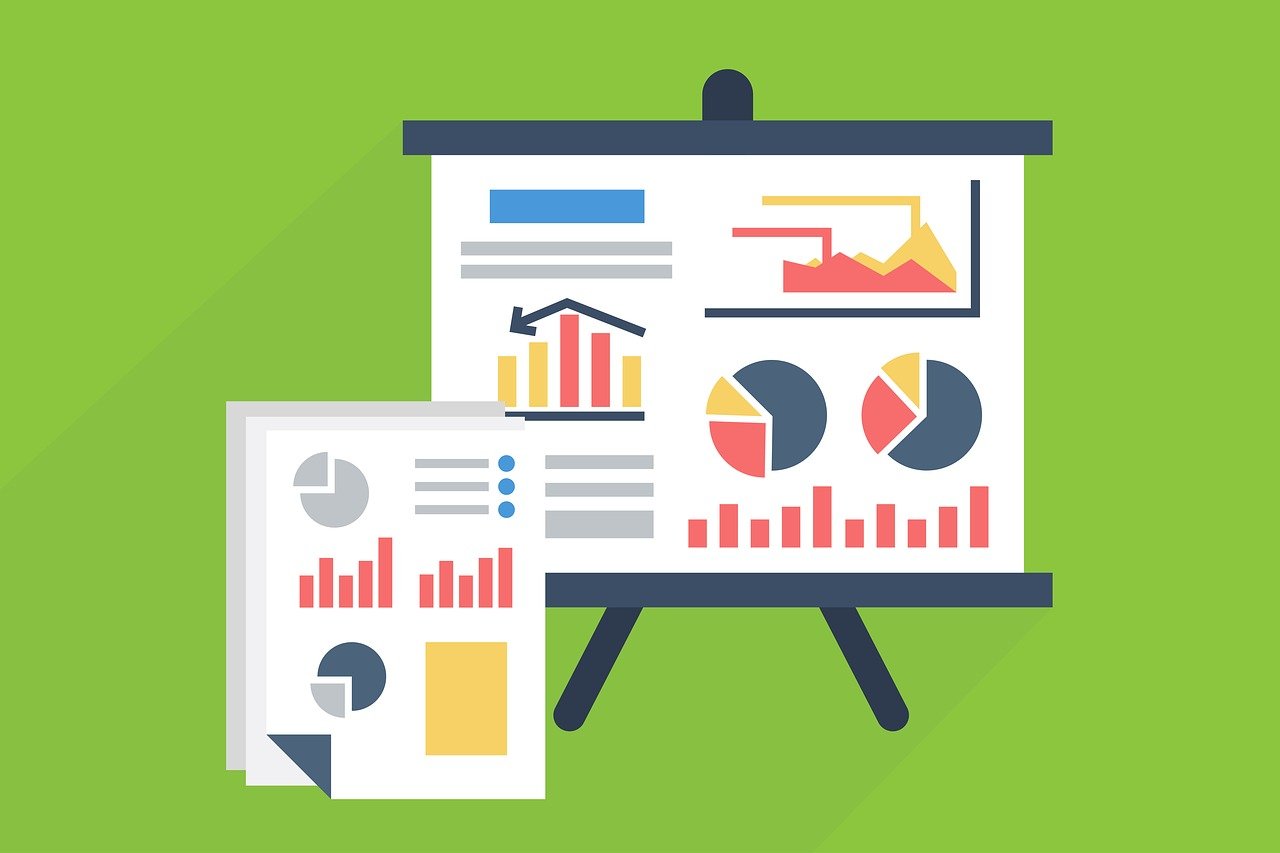
The mean (average) is a familiar concept used to represent the center of a data set. But what if your data isn't neatly distributed around the average, with some extreme values skewing the results? That's where the median comes in – a powerful statistical tool that reveals the true "middle" value.
The Median Explained:
Imagine a line of people waiting for a movie. The median person is the one who has an equal number of people ahead of them in line and behind them. That's the essence of the median in statistics – it's the number that splits the data set in half when the values are arranged in order, from lowest to highest.
Calculating the Median:
The process for finding the median depends on whether you have an even or odd number of data points:
Why is the Median Important?
The median offers several advantages over the mean:
Examples of the Median in Action:
The Median vs. The Mean:
While both the median and the mean represent central tendency, they can sometimes provide different results. Understanding the strengths and weaknesses of each is crucial:
Conclusion:
The median is a valuable tool in statistics, offering a robust and intuitive way to understand the center of a data set, especially when dealing with skewed distributions or outliers. By considering both the mean and the median, you can gain a more comprehensive understanding of your data and make better-informed decisions.
Your email address will not be published. Required fields are marked *

